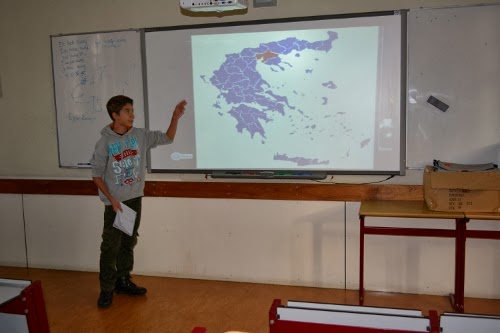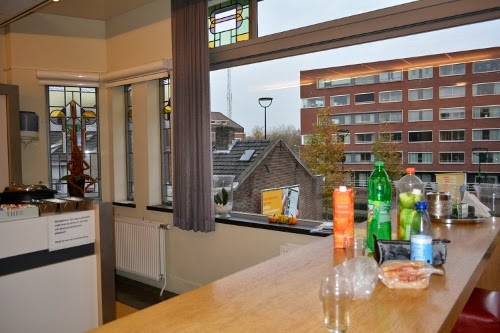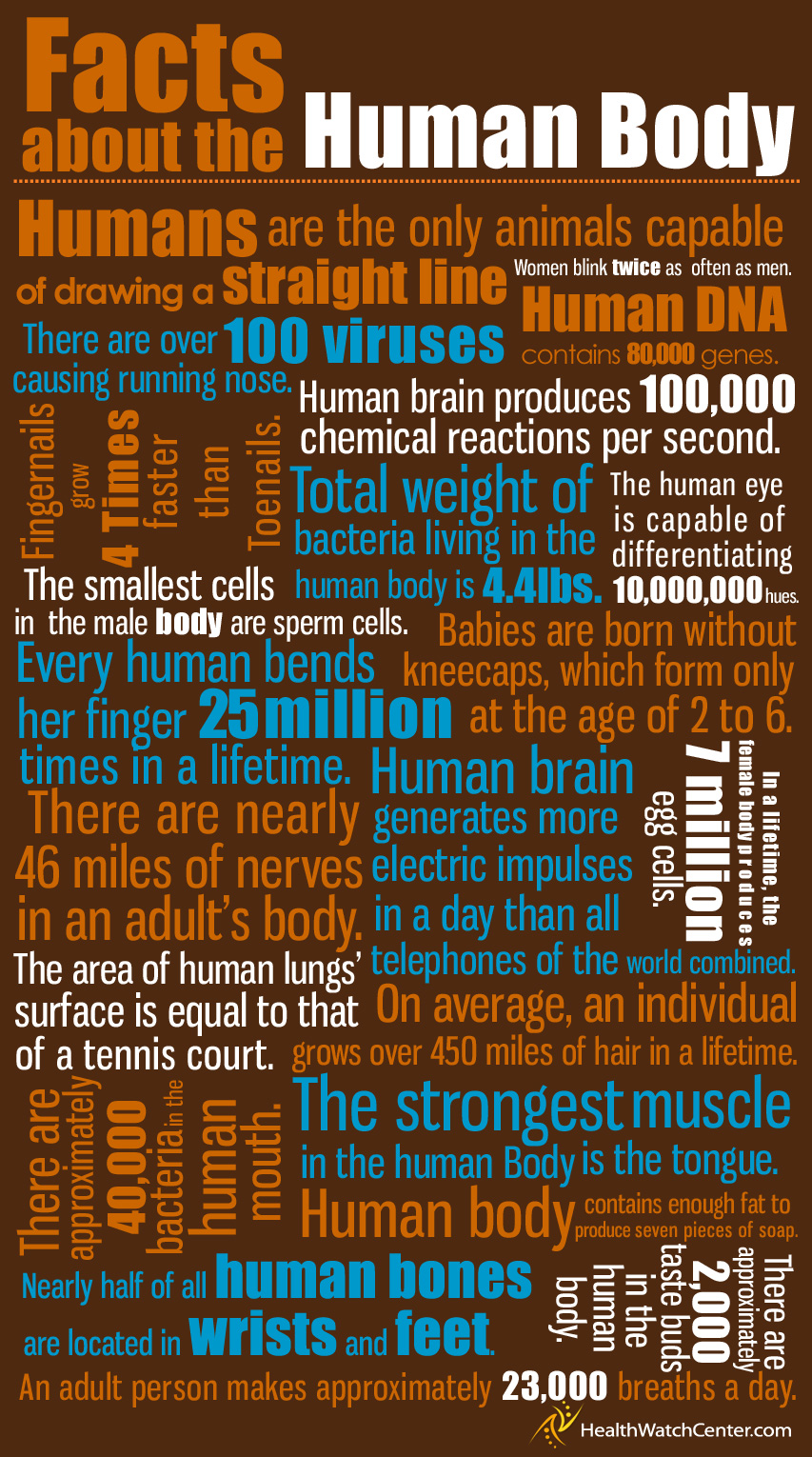This is a sample of manipulating photos using Gimp, the GNU Image Manipulation Program:
Gimp is a very powerful image processing software that is free to download and use in your computer. It runs in many platforms. You may use the Scissors Select Tool to extract portions of an image and then copy paste the selected portion to another image to have your manipulated photo.
Photoshop is a powerful, yet commercial, image processing tool you may wish to use. Photoshop Express Editor allows you to do some powerful image editing of your snapshots. I suppose you know many other image processing tools, many of them running online, so please feel free to suggest some of them by commenting to this post.
 |
| Original image: Bill Rodanidis is presenting Greece to his classmates |
 |
| Original image: The teachers room in the Odolphuslyceum in Tilburg |
 |
| Manipulated image: Bill Rodanidis is standing in the teachers room! |
Gimp is a very powerful image processing software that is free to download and use in your computer. It runs in many platforms. You may use the Scissors Select Tool to extract portions of an image and then copy paste the selected portion to another image to have your manipulated photo.
Photoshop is a powerful, yet commercial, image processing tool you may wish to use. Photoshop Express Editor allows you to do some powerful image editing of your snapshots. I suppose you know many other image processing tools, many of them running online, so please feel free to suggest some of them by commenting to this post.









